"Liaigre: 12 Projects" - reflections on a reissue
In early 2015, Liaigre and Flammarion Editions published Liaigre: 12 Projects. That same year, Christian Liaigre left the company he had founded in the mid-1980s.
Although this was not the first book dedicated to the projects designed by Christian Liaigre and his team, it marked a turning point.
While this monograph was by no means intended as a retrospective, the ten years that have passed since its publication allow it to be seen as both a roadmap and a source of inspiration, subtly outlining some of the fundamental principles that have shaped—and continue to define—the style and renown of Liaigre.
Regularly consulted by the Maison’s creative studio, this book has also been highly popular with the public, to the point of becoming completely sold out. As a result, Liaigre and Flammarion have decided to reissue it.
In spring 2025, the book dedicated to these twelve projects will once again be available, destined—like all monographs on the Maison—to enjoy international success. Leafing through its pages offers a journey from one project to the next, immersing the reader in the world of Liaigre and its distinctive, enduring aesthetic language.
In early 2015, Liaigre and Flammarion Editions published Liaigre: 12 Projects. That same year, Christian Liaigre left the company he had founded in the mid-1980s.
Although this was not the first book dedicated to the projects designed by Christian Liaigre and his team, it marked a turning point.
While this monograph was by no means intended as a retrospective, the ten years that have passed since its publication allow it to be seen as both a roadmap and a source of inspiration, subtly outlining some of the fundamental principles that have shaped—and continue to define—the style and renown of Liaigre.
Regularly consulted by the Maison’s creative studio, this book has also been highly popular with the public, to the point of becoming completely sold out. As a result, Liaigre and Flammarion have decided to reissue it.
In spring 2025, the book dedicated to these twelve projects will once again be available, destined—like all monographs on the Maison—to enjoy international success. Leafing through its pages offers a journey from one project to the next, immersing the reader in the world of Liaigre and its distinctive, enduring aesthetic language.

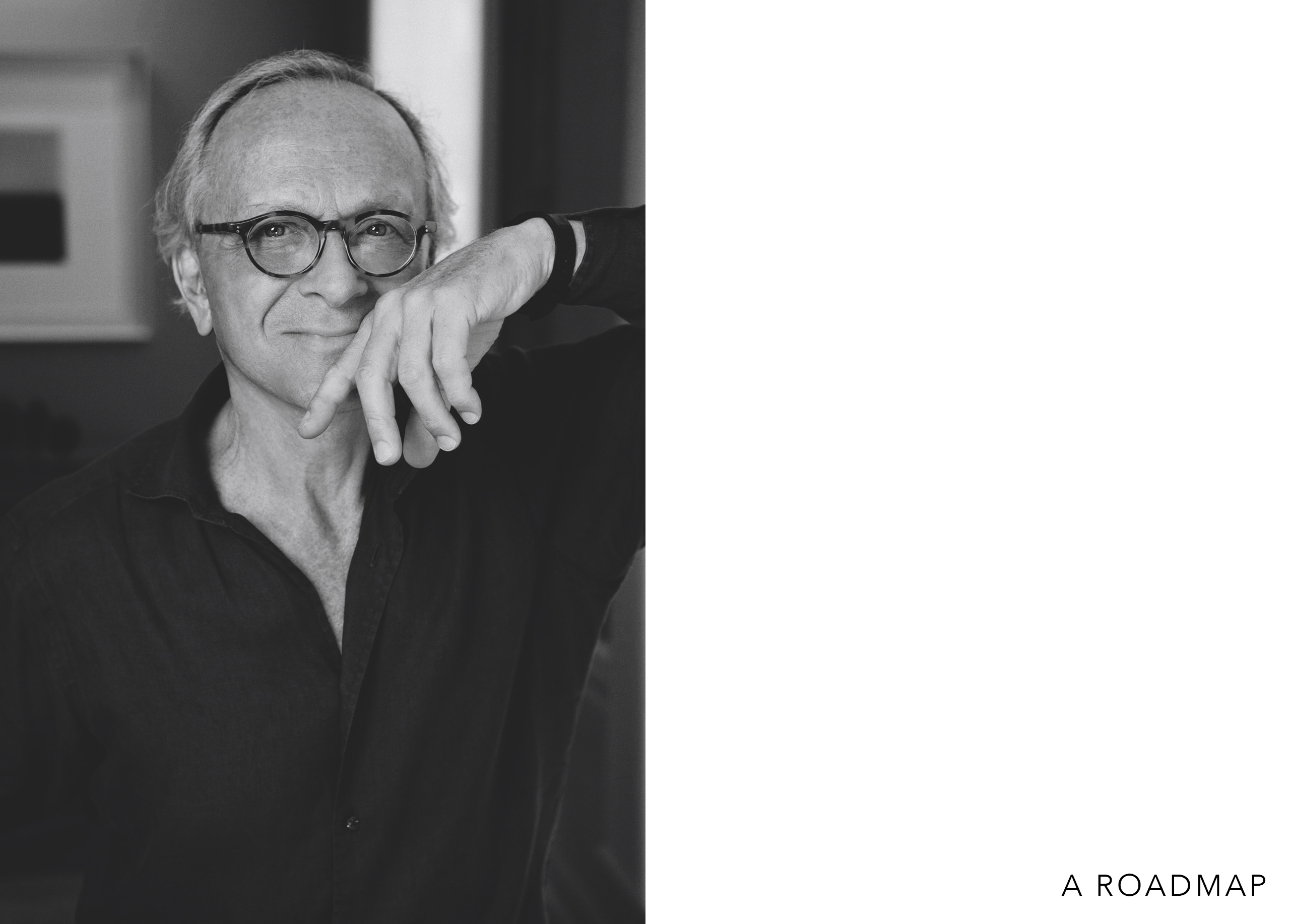
Since its founder’s departure in 2015, Liaigre has maintained its identity as a creative studio and its Parisian roots, while expanding its showrooms worldwide and adapting to the context of globalization.
The Liaigre spirit, carefully preserved, has been passed down within the teams, creating a natural continuity across generations working side by side in the Studio and showrooms. Yet beyond this apparent ease, the question remains: what truly constitutes a legacy?
This question, which eventually arises for all luxury brands, relates to concepts often discussed in terms of DNA, fundamentals, vocabulary, and spirit.
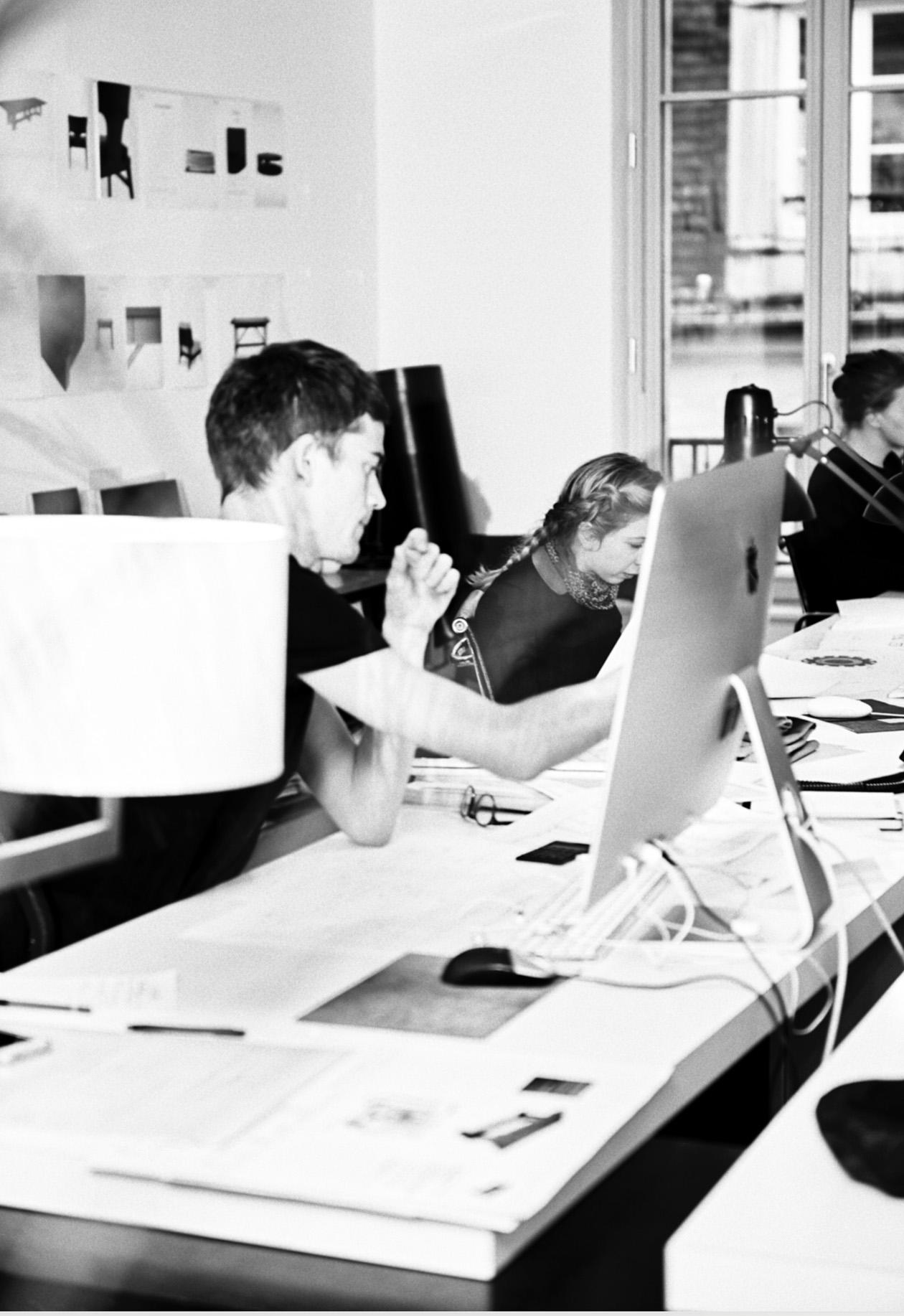
Over the past ten years, Liaigre has continuously deepened its reflection on these matters. The various books dedicated to Christian Liaigre’s work, along with the experiences of those who worked and evolved alongside him, have enriched the younger teams. But time itself has also played a role.
It is this passage of time—and the objective analysis of Liaigre’s identity and style—that now allows us to look back without nostalgia and revisit the 2015 book featuring these twelve remarkable projects.
This book opens with a legacy: the one left by the founder of a creative house that, over time, has refined the principles and elements of a language that continues to serve as the foundation of Liaigre’s work.
It is a solid base—both a support and a springboard. In other words, it provides the framework from which new developments and extensions can be imagined and created. Without betraying the Liaigre spirit, these bring freshness and a continuous reinvention to the art of living.
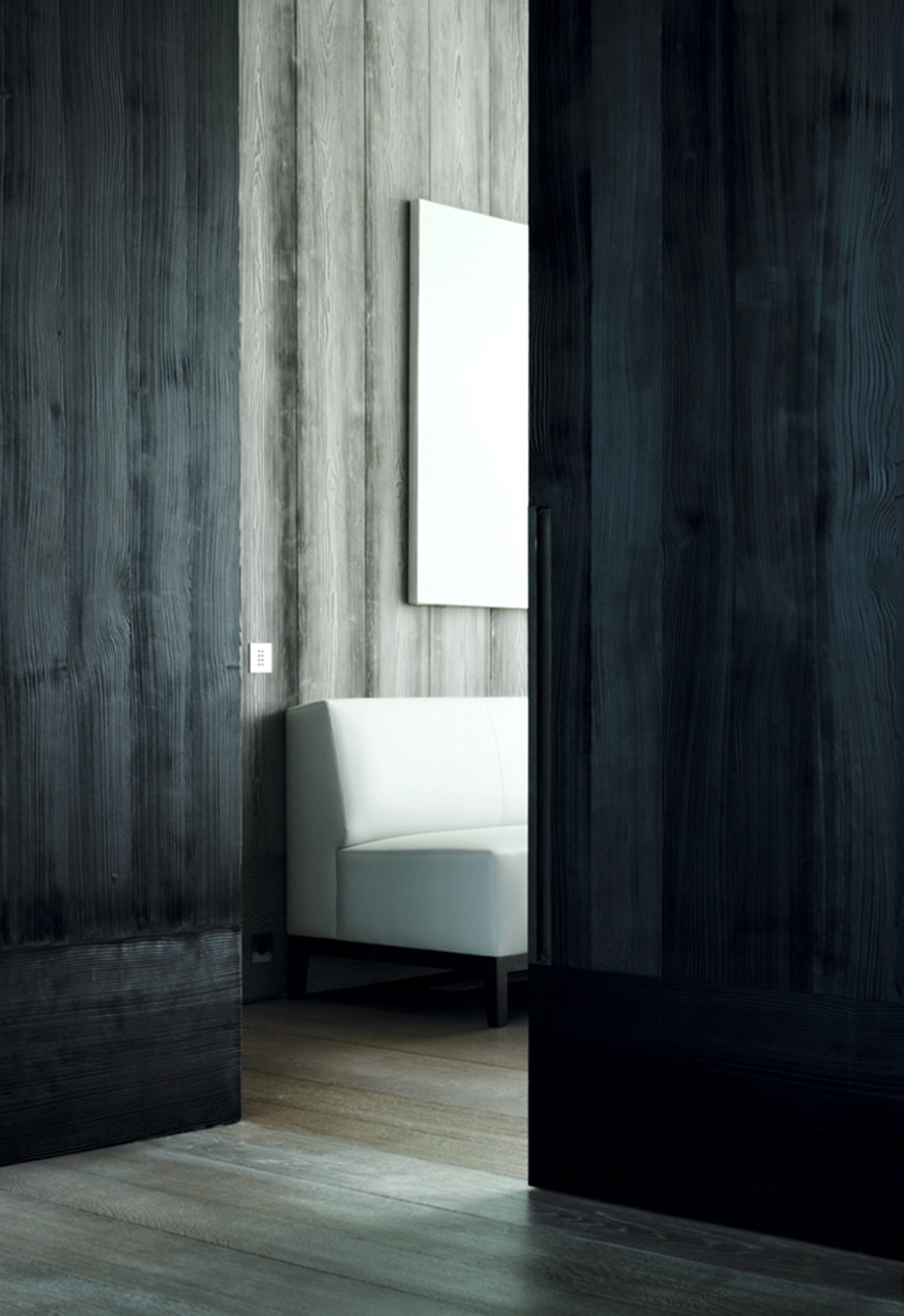

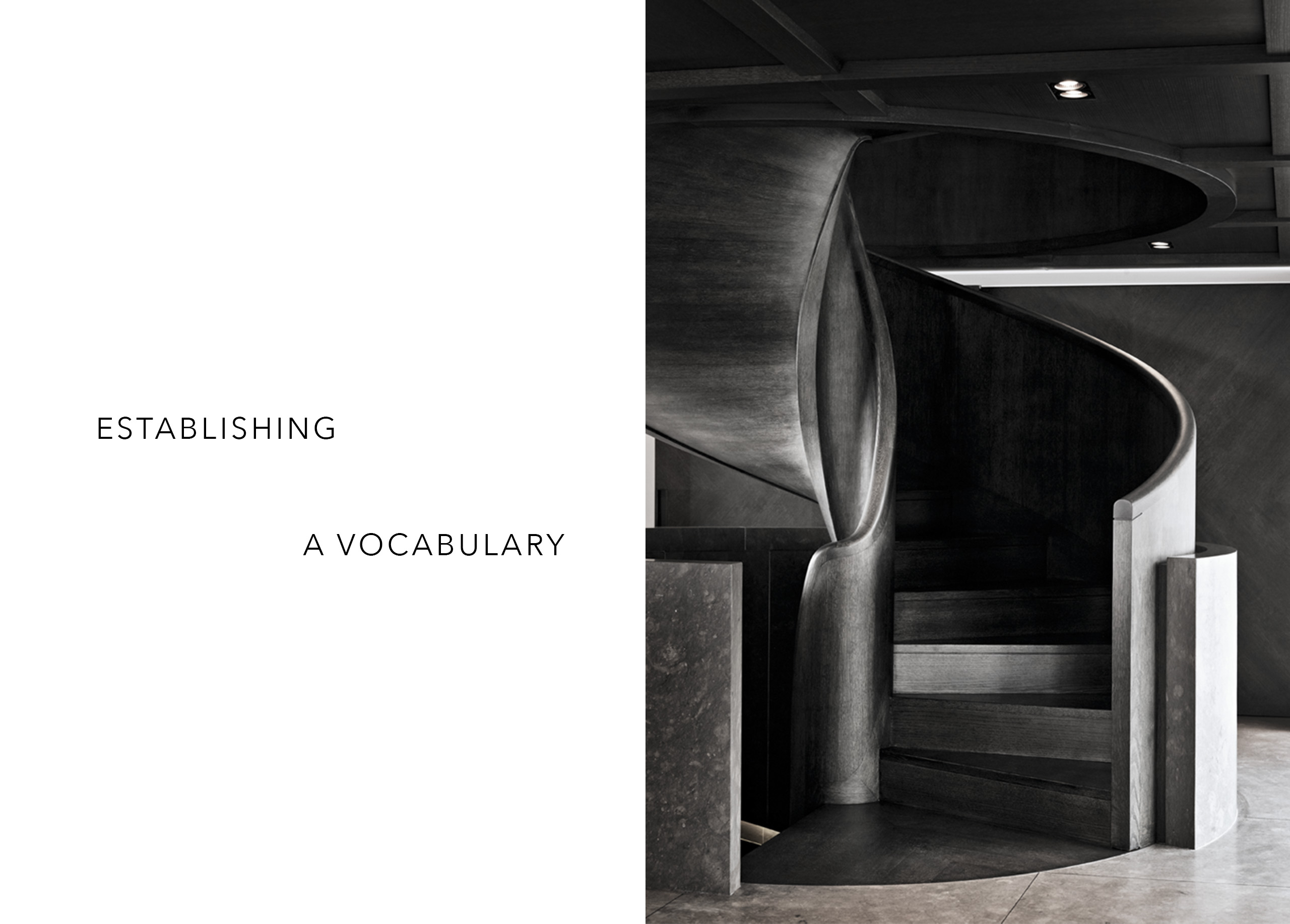
Christian Liaigre was a man of conviction. Creating his Maison allowed him to share his vision of contemporary living and interior design with an international clientele.
To understand what set him apart from the outset, one must consider the context in which he first expressed his ideas in the mid-1980s.
During this period in France, a new generation of designers sought to define the era’s aesthetic, often embracing postmodern and high-tech styles, as well as an affinity for theatrical and baroque decor. Amid this profusion of contradictory and eclectic aesthetics, Christian Liaigre confidently introduced creations that did not follow passing trends but instead aligned with the long tradition of French furniture-making, emphasizing craftsmanship, noble materials, and timeless forms. He masterfully reinvented French classicism, drawing from the refined forms of the late 18th century and Neoclassicism, extending to the 1920s with the work of Jean-Michel Frank, Pierre Chareau, and Paul Dupré-Lafon. His admiration for Japanese culture and its approach to invisible luxury—defined by use rather than display—was another key influence. His furniture celebrated a striking simplicity, featuring clean lines enhanced by exquisite natural materials, perfect proportions, and artisanal craftsmanship. His interiors reflected his approach to architecture, embracing openness and intentional emptiness.
This distinctive identity became apparent with the opening of his first showroom on Rue de Varenne, on Paris’s Left Bank—an area known for its publishers and antique dealers. Compared to the prevailing trends in contemporary design, his restrained and refined style immediately resonated with a clientele seeking a form of modernity grounded in substance.
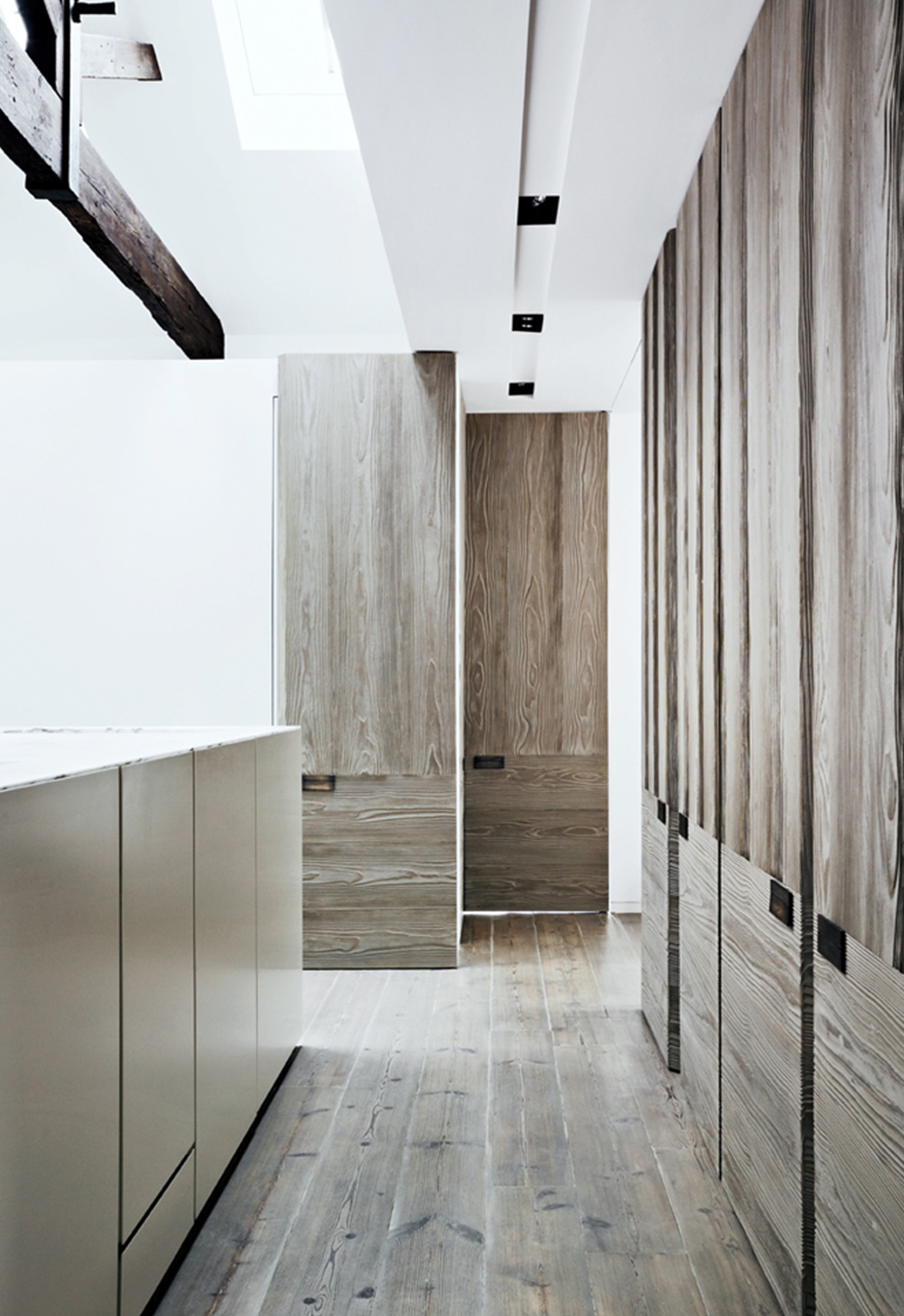
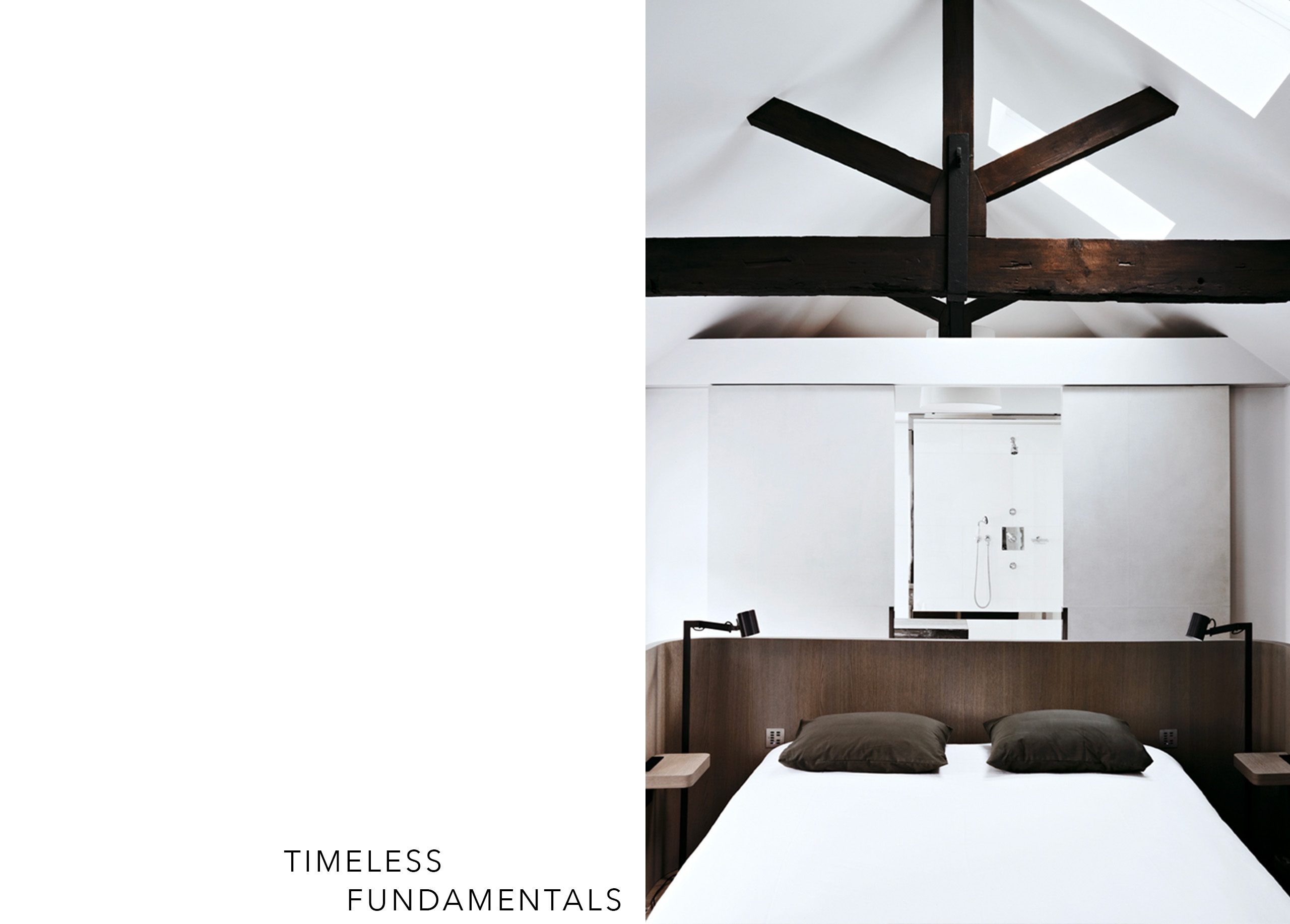
What remains of these foundations today?
First and foremost, a mindset. By resisting fleeting trends, Christian Liaigre developed an approach that became a style in itself—an understated yet distinct aesthetic.
Beyond that, many of the fundamental principles established between the mid-1980s and 2015 continue to guide the Studio’s approach to each new project.
Some of these principles have become defining features. One key principle remains to “fit the context”, meaning that every project considers its surroundings—country, climate, landscape, location, and client. This method serves as the foundation for the Studio’s creative process, functioning like a personalized script that ensures each project is unique. It explains the diversity of responses offered to clients who entrust their homes, apartments, or yachts to Liaigre’s creative teams. Similarly, every piece of furniture, lighting, or accessory in the collection was originally designed for a specific project. Over time, some of these pieces have become icons, embodying the Maison’s identity.
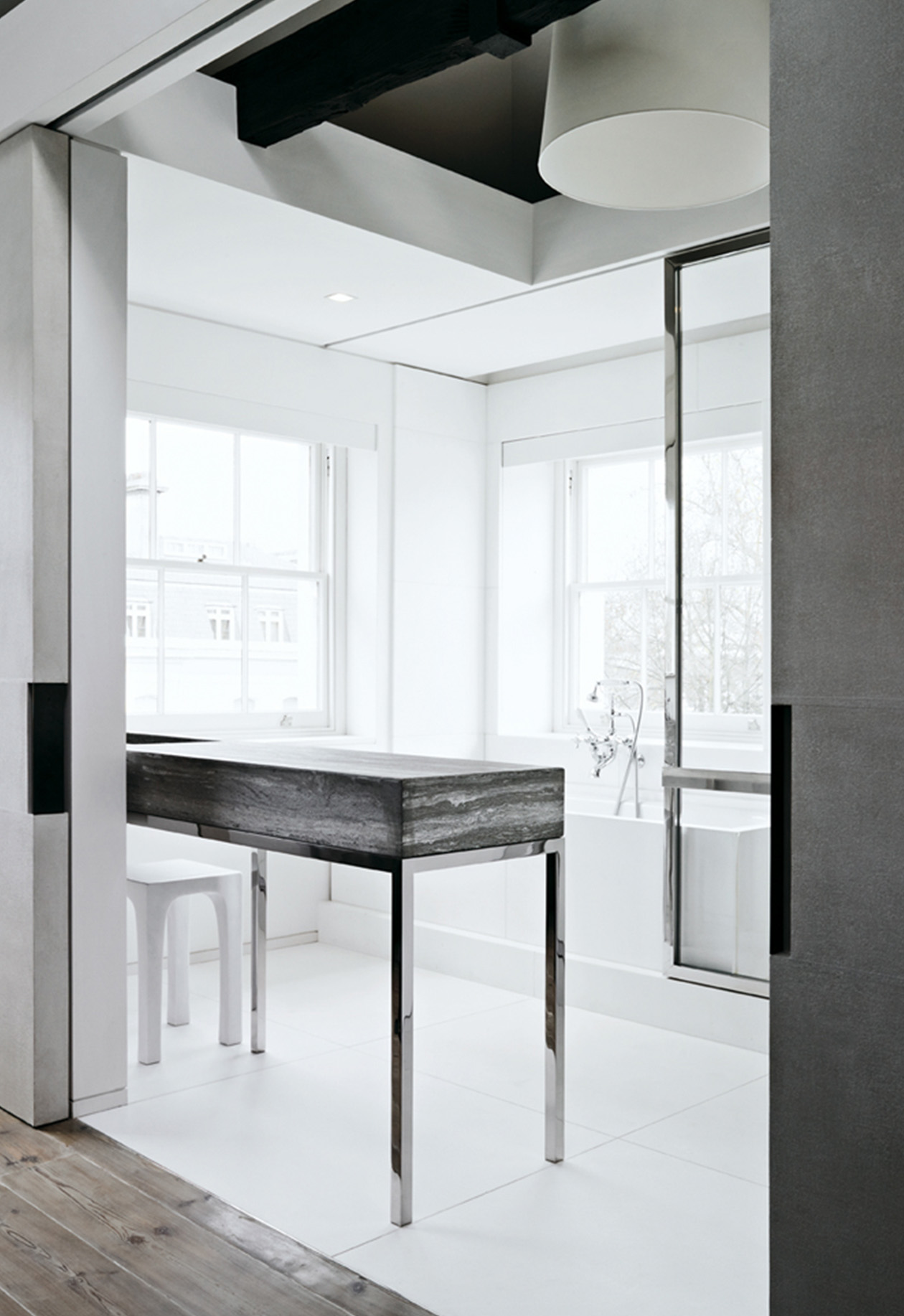
Another defining principle is restraint. This is not minimalism in the conventional sense, but rather a discipline of design that avoids excess while never feeling stark or rigid. Here, decoration and ornamentation are redefined through a preference for the inherent beauty of natural materials—wood, stone, bronze, leather, fabric, lacquer, glass, and ceramics—and their refined finishes. This aesthetic purity is further expressed through a careful consideration of proportions, placing functionality at the heart of the design process. The sensory experience of materials—their appearance, texture, and tactile qualities—is also essential.
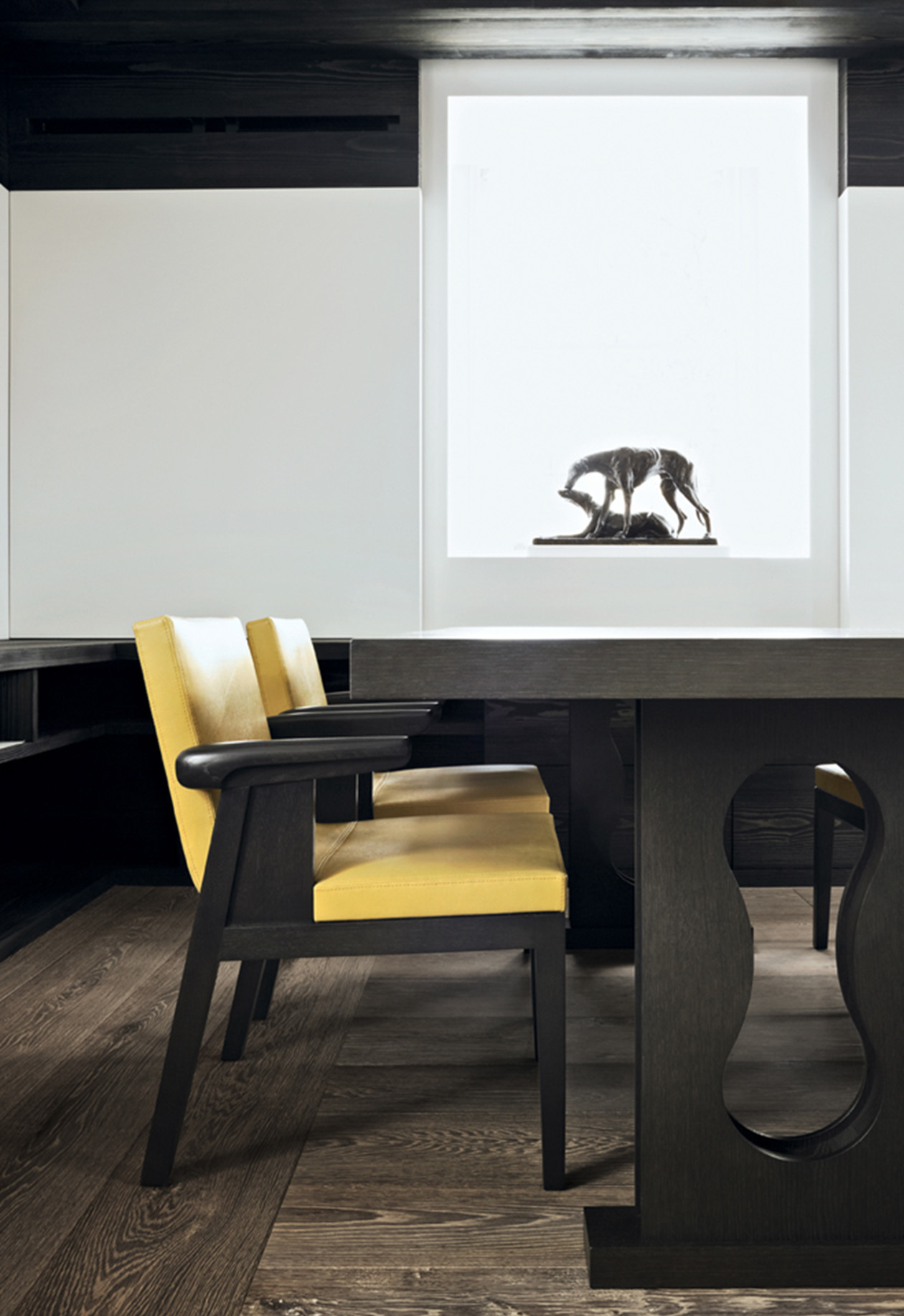
Color, too, plays a fundamental role. It is omnipresent but always used with intention. Sometimes, it serves as an accent, subtly enlivening a space. Other times, it is deliberately understated, revealing itself through natural or artificial light. Liaigre’s signature palette—whites, beiges, browns, and a wide range of grays and blacks—has significantly contributed to defining the Maison’s stylistic language.
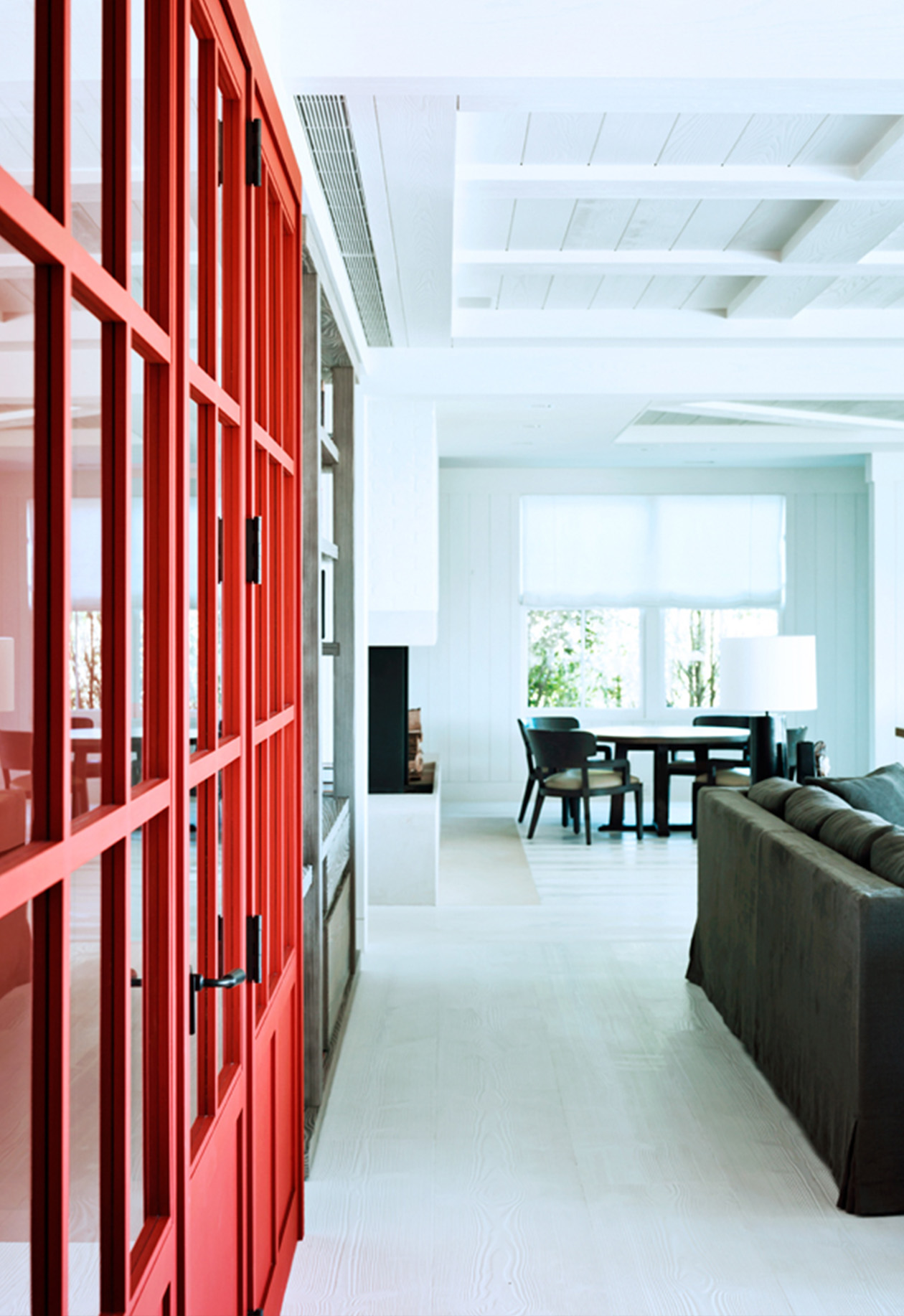
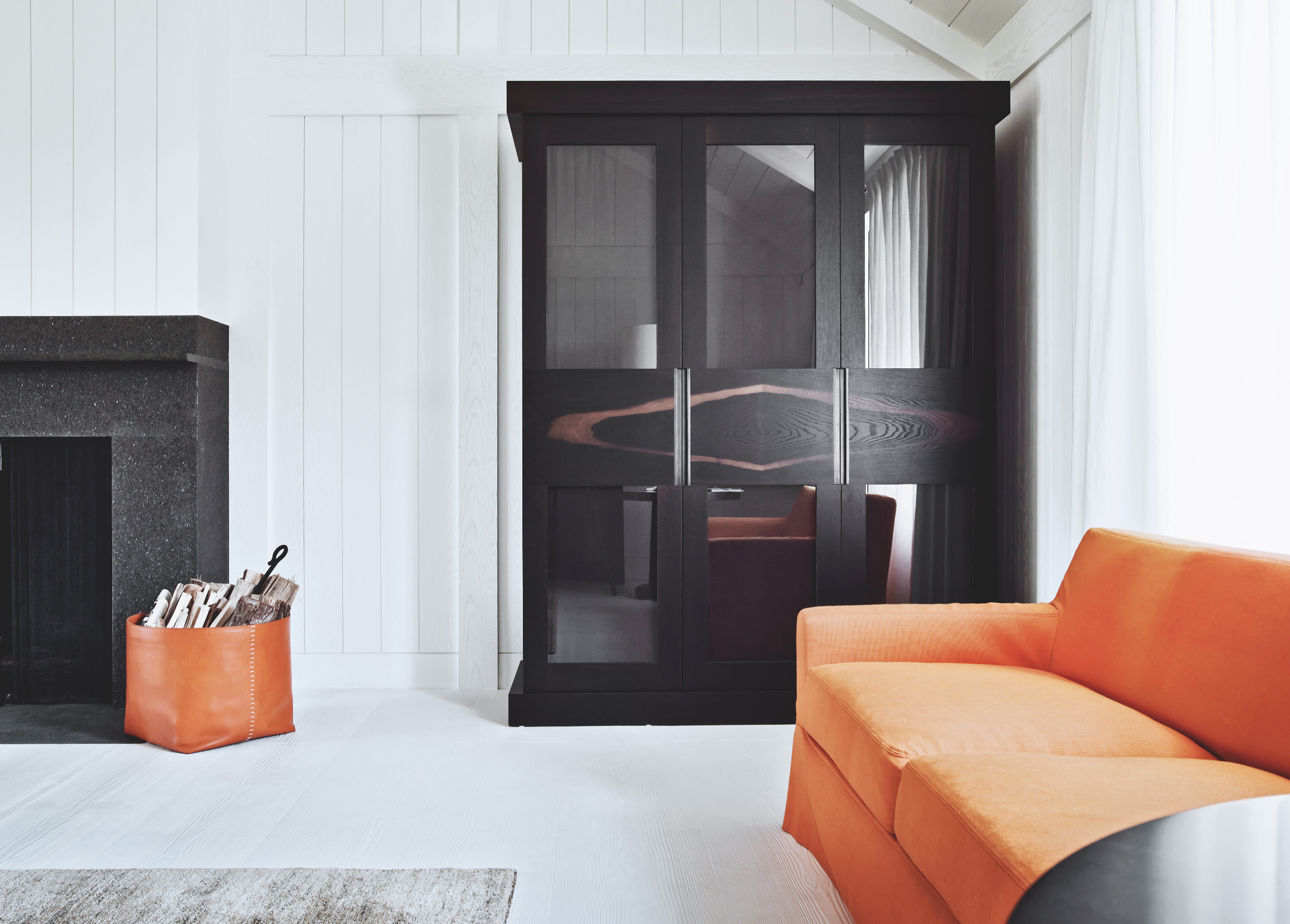
The notion of time is also crucial. There is the enduring modernity of Liaigre’s forms, which remain timeless, but also the idea that materials should age gracefully over the decades. These elements of design—briefly summarized here—have contributed to a redefinition of luxury as envisioned by Liaigre. Luxury, in this context, reveals itself through detail. It cultivates discretion and depth. It is about essence rather than ostentation, requiring a certain sensitivity and experience to be fully appreciated. This experience is what defines a Liaigre environment—offering visual harmony, generous proportions, ergonomic comfort, and a sense of freedom and well-being. These qualities, both objective and emotional, continue to inspire the creative teams. Rooted in its founding principles, yet open to evolution, Liaigre’s approach—particularly through the “fit the context” philosophy—ensures that each new project offers a fresh perspective while remaining true to its legacy.

